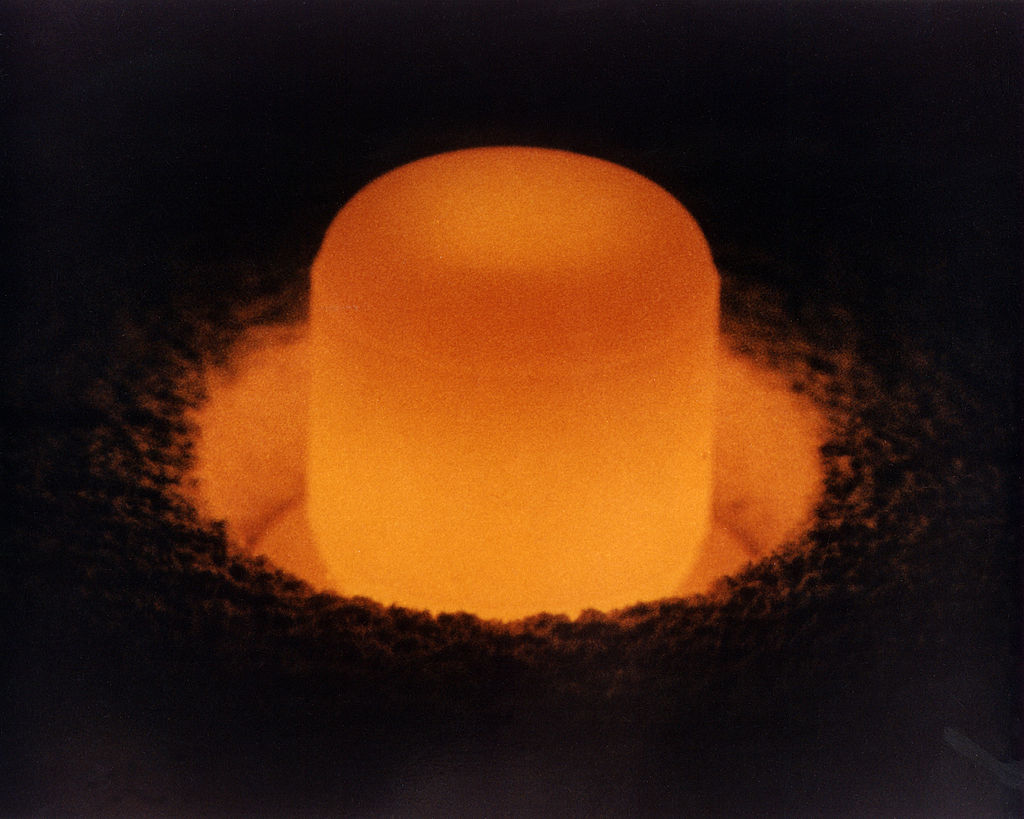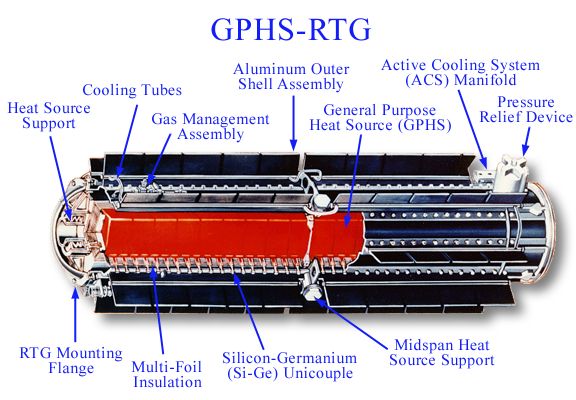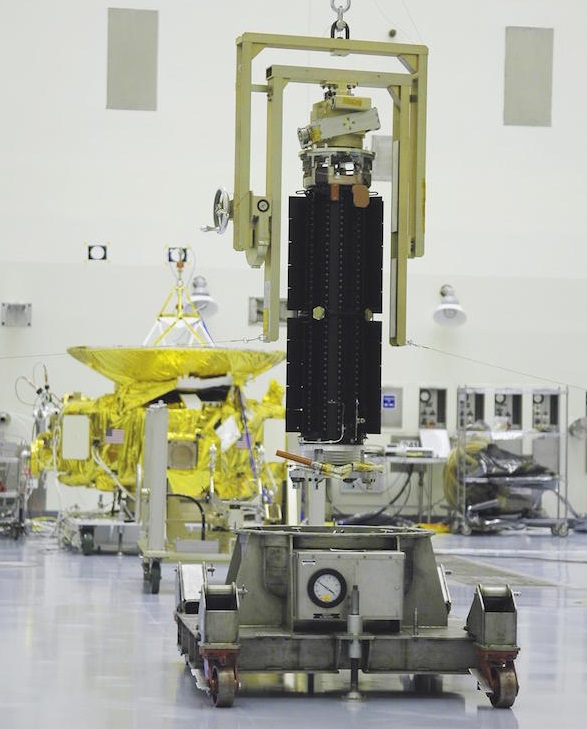Dear Dr. Z – I heard something about plutonium powering the New Horizons spaceship that just visited Pluto. And come to think of it, I’ve heard that other spaceships are powered by plutonium. Do we have nuclear reactors up there? How do they use plutonium to power spaceships? And is there any risk to us if one of these blows up (or reenters) during launch?

I’ve been following the New Horizons mission as well – I remember reading about the discovery of Pluto when I was just a kid (I even sent a letter to Clyde Tombaugh at one point, trying to hook him up with my grandmother). I’ve also followed many of the other space missions, including reading up on their power supplies. First, I can tell you that there are no nuclear reactors on any US spaceships today – we designed a few nuclear-powered spacecraft in the early years of the space program, and NASA was looking into them more recently for prolonged missions to Jupiter and Saturn. But at the moment the US has no nuclear reactors in space. But let’s back up a little bit and talk about where our spaceships get their power from.
One of the most notable aspects of many of our spacecraft is their solar panels – for anything operating on this side of the asteroid belt there’s enough solar energy to power a spacecraft and it will be there as long as the Sun is still shining. But when we go past the asteroid belt into the outer solar system sunlight falls off quite a bit – solar intensity drops by a factor of 4 if you double your distance to the Sun – so solar power just won’t hack it at Jupiter, Saturn, and beyond. We need something different. That “something different” comes from radioactivity.
When any radioactive atom decays away it carries with it some energy – in the case of plutonium (the isotope Pu-238 to be precise) each decay contains about 5.5 million electron volts (MeV) of energy. This is not a huge amount of energy in and of itself, but if you get enough plutonium atoms decaying at the same time it can really add up. If you have one curie of Pu-238 you have 37 billion atoms decaying every second – that comes out to about 200 billion MeV per second, or about 0.00003 BTUs per second. This isn’t a whole lot of energy, but Pu-238 packs a lot of activity into a gram – one gram of Pu-238 puts out about a half watt of power, one kilogram will produce 500 watts – enough to do something with.

Pu-238, in fact, puts out so much energy from its radioactive decay that a large enough chunk (about a kilogram) will actually glow red from the internal heat. Spacecraft use thermocouples to turn this heat into electrical power in what’s called an RTG – a radioisotopic thermal generator.

Plutonium-238 is not the only isotope that’s been used to make RTGs – the Soviet Union used to use huge quantities of Sr-90 (strontium-90) for this purpose. Polonium has been used as well, although with a short half-life Po-210 RTGs don’t last very long. Plutonium and strontium are ideal because they have high-energy radioactive decays coupled with relatively long half-lives – at 84 years, Pu-238 can power a spacecraft for decades. In fact, the doughty little Pioneer craft beamed back data for 30 years before running out of energy and the Voyager probes are still operational after nearly 40 years.

As far as blowing up goes, that can’t happen with Pu-238. There are a number of isotopes of plutonium and only one is used in nuclear weapons – Pu-239. The isotope used in RTGs simply can’t explode (it really doesn’t fission well at all) so it cannot explode as a nuclear weapon.
Lastly, you asked about the risk from launching all of this plutonium into orbit – or, rather, the risk should there be a problem with the launch. Sadly, rockets have blown up on the Launchpad and in the air; others have reentered the atmosphere and burned up unexpectedly. Plutonium is a toxic heavy metal (although, contrary to popular opinion, it is NOT the most toxic substance known to science) – do we have to worry about an accident poisoning people on Earth?
We actually have a few test cases for this and the answer is a resounding no. First, the RTGs are swaddled in protective layers designed to keep them safe from just such an explosion – these are tested extensively before a device is space-rated, and nothing can be loaded onto a rocket unless it has been so tested. As far as reentry goes, there have actually been a few Pu-powered RTGs that have experienced this tribulation with interesting results. One (from a failed 1964 American satellite launch) burned up in the atmosphere, distributing its plutonium into the stratosphere – while this is not ideal, the plutonium was eventually spread globally and no single location was contaminated to the point of causing a health risk. Other RTGs have survived reentry – an RTG in the Apollo 13 lunar module and one on an aborted Russian mission to Mars – without apparently losing any of their plutonium. The bottom line is that RTGs are designed to be safe, even in the event of a launch failure – and this design has proven to be safe in a handful of instances.
One other comment about RTGs – in this case, terrestrial ones. During the Soviet Union’s existence a large number of very high-activity RTGs were built using Sr-90; these were used to power meteorological stations as well as lighthouses along the Arctic coast. While all of these seem to have been accounted for now, this was not always the case. In 2001 some woodcutters in the nation of Georgia found an abandoned RTG in the Georgian mountains. Noticing that snow near the RTG was melting the men carried it into their camp for heating. During the course of the night they received serious radiation exposure leading to radiation sickness and skin burns. All survived, but they were seriously ill for quite some time.